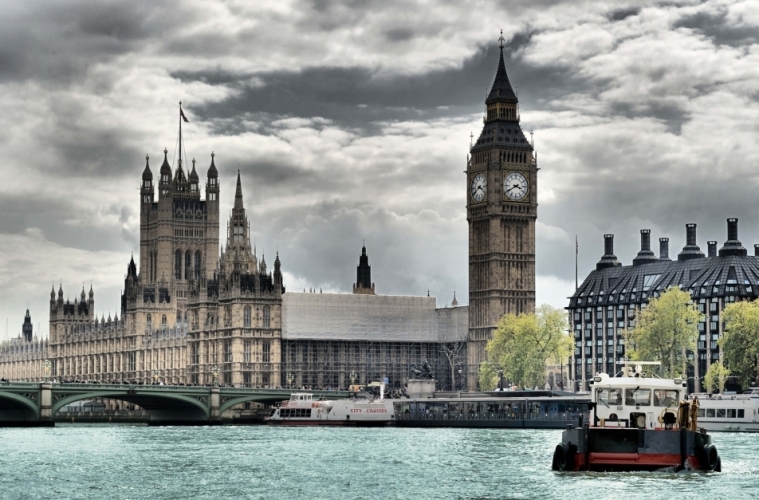Good morning,
GBP – Having to fight for every gain
The pound did little yesterday following its declines on Monday. It has the opportunity to rebound today with the PMI from the UK’s services economy at 09.30. July’s number was strong on warm weather and World Cup fever and the crucial dynamic will be whether service sector companies are needing to raise prices and those in turn are stifling demand for their goods.
The UK economy needs a good number following weak manufacturing and construction numbers so far in August. A poor number today would likely confirm in growth terms that any hopes of a kick-on from a stronger Q2 GDP reading may have been misplaced.
Governor Carney’s testimony to the Treasury Select Committee added little to the overall discussion on UK monetary policy although he seemed to hint that he would be prepared to stay in his post longer should the Treasury see fit to keep him.
The most interesting comments came from Chief Economist Andy Haldane who opined that a recent market survey suggested that there was a 1 in 4 chance of a No-Deal Brexit. With the eventual settlement of that bet only taking place in 7 months’ time, the analogy of a basketball game between two middling teams remain; the odds of each side winning go back and forth during the match-up until with a few minutes left, where volatility will increase as time runs out.
As we have noted before, you can mark sterling down if you believe a No Deal scenario is forthcoming and you can mark it higher if you think a deal will be done but we have to think that if there is one price that sterling is unlikely to be trading at a few weeks before the end of the Article 50 period it is where it currently sits.
As yesterday, GBPUSD remains range bound between 1.2780 and 1.3030 against the USD and 1.1060 and 1.1170 against the euro.
AUD – Stronger growth not seen lasting
The Australian dollar has had a tough run of things of late but is holding up in the face of a strong US dollar this morning courtesy of a stronger GDP report. GDP rose by 0.9% quarter on quarter against an estimate of 0.7% with consumption the component of growth that the Reserve Bank of Australia is most worried about, contributing around 0.4% of that growth figure.
The sustainability of this move is in doubt however following the belief that the increase in consumption has come following a collapse in the country’s savings ratio – i.e. Australians drawing down on savings to finance their spending. Similarly moves by the Reserve Bank of Australia to cool the housing market will likely make Australians feel poorer, further denting consumption. Interest rates are not heading higher anytime soon in Australia and for us, neither is the AUD.
USD – Manufacturing rockets ahead of tariff pain
The USD kicked off its post Labor Day celebrations with a manufacturing ISM that crushed all estimates. Sentiment in the manufacturing sector reached the highest since 2004 in August although the internals of the survey show that manufacturers are getting ready for pressures to increase on their business.
Data within the release suggest that businesses are increasing their inventories of goods at the highest rate since 2013 – i.e. front-buying goods before additional tariffs/sanctions are imposed. This can’t, and won’t, last forever – businesses only have so much money to spend and space to fill – but this will allow businesses to control prices a little more going forward.
While Trump’s tariff policies are inflationary in their nature, those price increases that may prove unpopular with consumers are unlikely to be a factor in the Midterm elections.
The ISM that covers the rest of the US economy – services, construction etc – is due at 3pm and could easily cause a similar run higher in the USD if it beats expectations in a similar way.
Have a great day.


